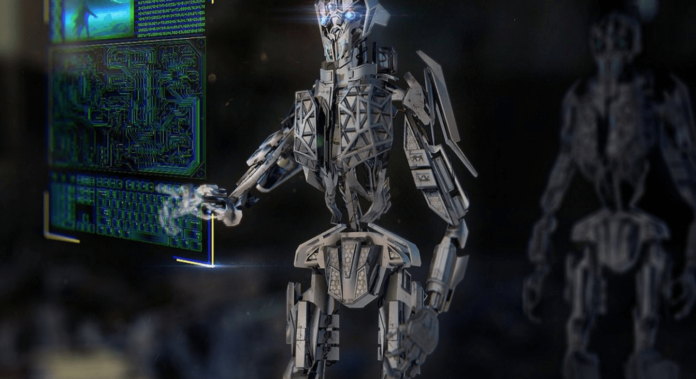Robotics and technology are one of the hottest fields in the current job market. Many jobs are being created and others being given jobs that we never thought would be possible. What is robotics? Robotic is an adjective that describes a mechanical process or system. A robot is usually a machine made with electronic or non-electric components, but may also be a combination of the two. A robot can be programmed by an external command system, or it can be embedded inside of a system.
There are various aspects to this topic. The first aspect is how it has affected our daily life. It has affected everything from toys to surgery, from aircraft to farming, from military operations to construction. It is changing how we do many things and will continue to impact us in different ways over time. One area that robotics is having a profound effect on is manufacturing, although the topic is much bigger than that.
The other main aspect of robotics is, how it relates to technology. The rapid advancement of technology means that robots can do many more tasks that are humanly possible. While this opens up the door for more automation and potentially more dangerous machines, it also opens up new possibilities, such as using robotics in non-technological ways.
One area where robotics is starting to impact us is in the field of medicine. Robotic doctors can perform surgery, carry out procedures, and operate robotic devices in the field. The first robotic surgeon was used to perform a heart transplant on a human in 2021. Since then, many other robots have been developed to perform heart surgeries, brain surgeries, facial surgery, arms surgery, and even tissue and muscle surgery. As more human doctors become capable of operating robots in the field, there will be a marked increase in the types of medical conditions that can be treated.
Another area where robotics is quickly changing the way we live is with artificial intelligence. Researchers at Carnegie Mellon University are working on creating artificial intelligent computer software that can process data from a wide variety of computer sensors in order to determine the best course of action. For instance, the program can determine if it’s necessary to rescue someone from a burning building or if it’s more important to save the dog that tripped and broke its leg. Once the software determines which action is best, it can save lives by rescuing people in real situations where the robots cannot know how to react.
Another major area where robotics is changing the way we live is with computer toys. Many children in this generation are becoming obsessed with robots and playing with various robots. One type of robotic toy that has really taken off is the Mylo robot, which can be controlled by a child through a series of commands. This type of artificial intelligence has already been programmed into several robotic toys, including those that are controlled via a remote control.
Robotic engineers are also using AIs to help in the design of new artificial intelligent robots. The goal is to create robots that can work alongside humans in a variety of tasks, not just picking berries on a desert island. In the future, artificially intelligent robots may work in doctor’s offices, nursing homes, and shipping companies, as well as doing domestic tasks such as cleaning and washing of the house. Eventually these robots may even be able to have children of their own.
As more artificially intelligent robotic androids are created and robots with human intelligence move forward, we will see many more future advancements in robotics. It is exciting to think about what is next. Will there be robotic cars? Will there be robotic doctors? Or will we see robotic terrorists?

![What is a POC [Proof of Concept]? – Definition, Uses, Features and More What is a POC [Proof of Concept]? – Definition, Uses, Features and More](https://www.todaytechmedia.com/wp-content/uploads/2022/02/r-218x150.jpg)









![Extratorrents Is Down : Here Are The Best Alternatives To Extratorrent Top 14 ExtraTorrent Alternatives + 12 Mirror Sites [Updated 2020]](https://www.todaytechmedia.com/wp-content/uploads/2020/02/featured-100x70.jpg)